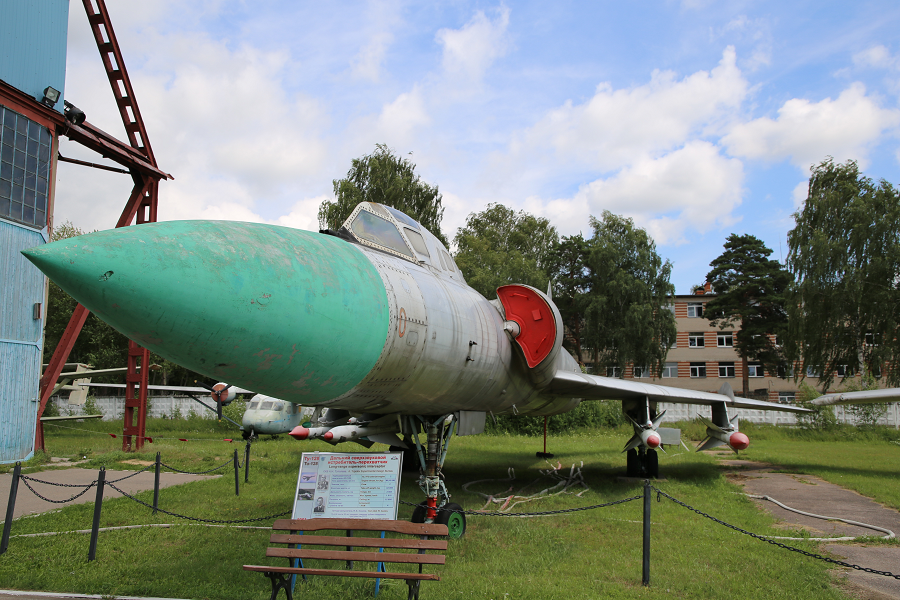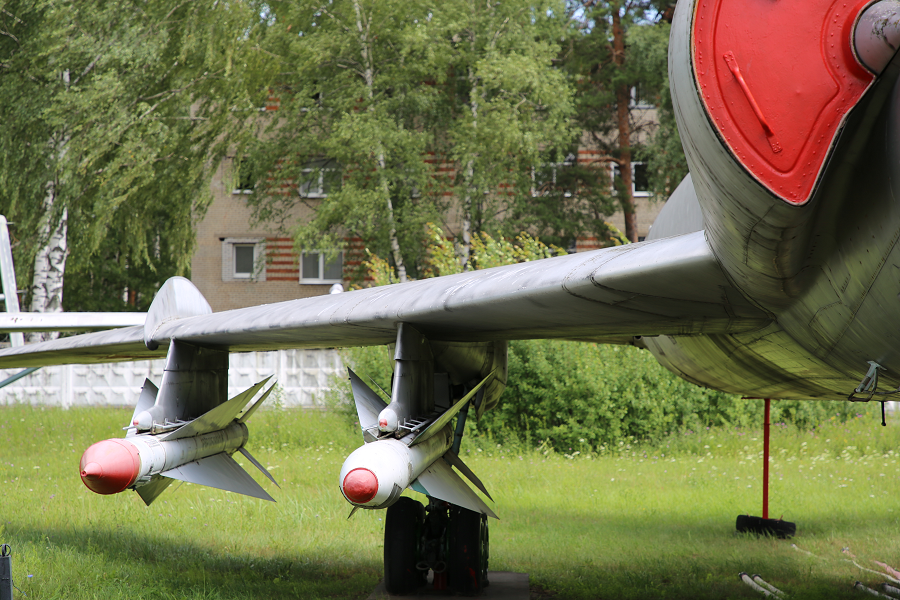Tu-128. A Soviet long-range supersonic interceptor from 1961. Flight range – 2565 km, max. speed – 1910 km/h
The Tupolev Tu-28 (NATO reporting name Fiddler) was a long-range interceptor aircraft introduced by the Soviet Union in the 1960s. The official designation was Tu-128, but this designation was less commonly used in the West. It was the largest and heaviest fighter ever in service.
In the 1950s, the Soviet Union sought means to defend against nuclear-armed American bombers possibly penetrating its borders (especially its long and vulnerable northern border). Contemporary interceptors, such as the Yakovlev Yak-28P, were able to cover a radius of just a few hundred kilometers flying from northern Soviet bases like Talagi and Savatiya; the newly developed surface-to-air missiles had even shorter range.
Considering both, the sheer numbers required to defend a 5,000 km air front were economically impossible to maintain. This left the Soviet Union able to provide a modern air defense only for selected valuable areas. The PVO decided to cover the entire territory, but with a looser defence. In 1955 it placed a requirement for a large area-defense interceptor, that would achieve it with sparse airbases.
The PVO requirement called for a supersonic aircraft with enormous fuel tanks for both a good patrol time and long range, a capable radar, and the most powerful air-to-air missiles possible. The first attempt, although unsuccessful, was the Lavochkin La-250, a 30-tonne interceptor prototype which was the last of the Lavochkin design bureau’s aircraft.












